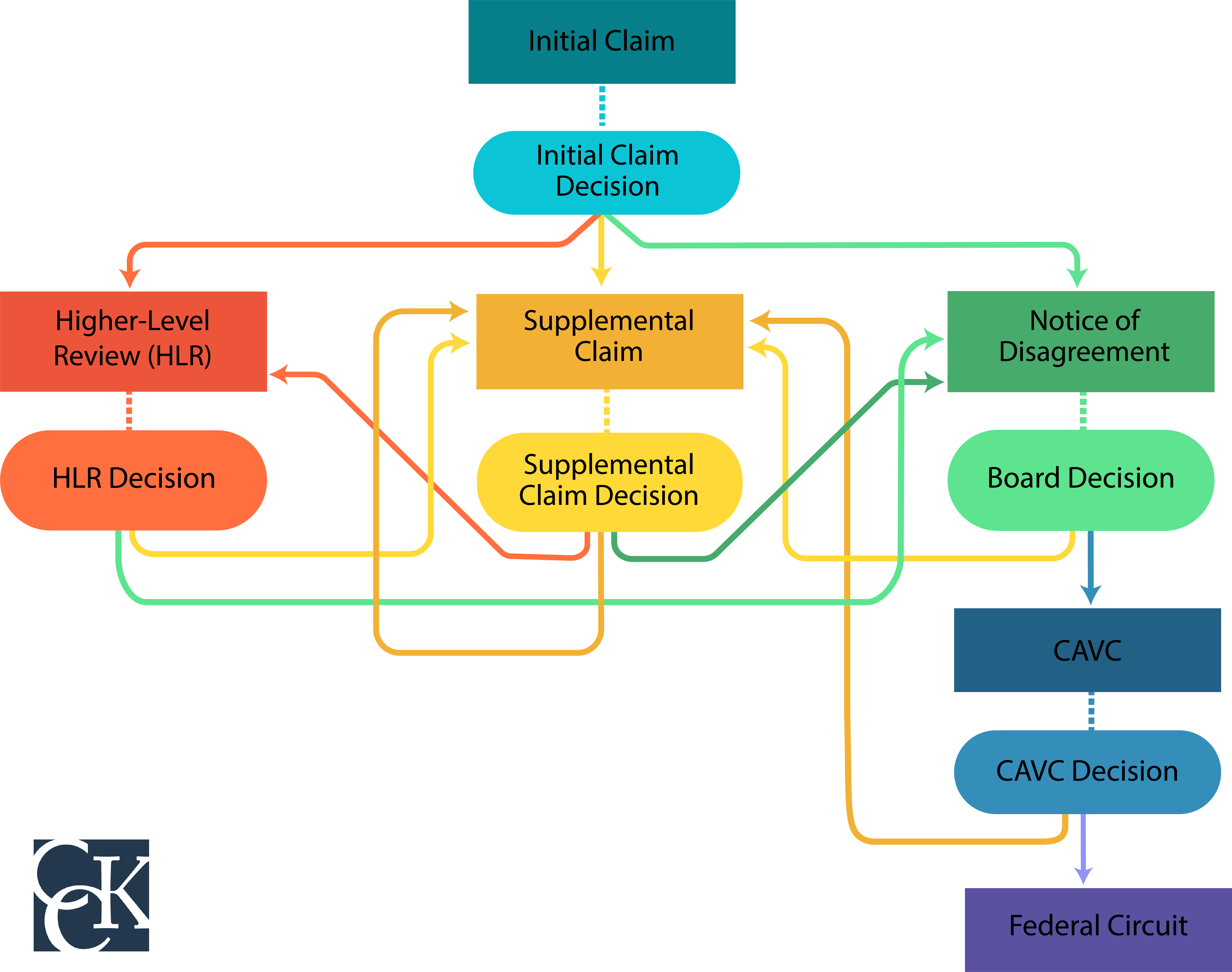Bursitis and Your Claim for VA Benefits

CCK Law: Our Vital Role in Veterans Law
Bursitis occurs when small fluid-filled sacs that cushion the bones and muscles near joints, called bursae, become inflamed. Bursitis is commonly experienced at the shoulder, elbow, and hip joints but can also affect other joints that perform repetitive motions.
Bursitis may result in pain, swelling, or joint stiffness. Resting the affected joint may relieve symptoms, but recurrent flare-ups may occur, especially if you resume normal activity with the affected joint.
Bursitis was one of the most common types of disabilities claimed by new disability recipients in the 2015 fiscal year. Over 36,000 veterans were approved for disability benefits for bursitis during FY 2015.
Applying for VA Disability Benefits for Bursitis
To receive VA compensation for bursitis, a veteran must prove that they have a current diagnosed disability, and that it was caused by an event that occurred during their time serving in the military.
If you believe that repetitive use of joint during your military service contributed to your current bursitis, you should note this in your application as well, and have your doctor give an opinion on the cause of your bursitis.
As with many conditions involving joints, ratings for bursitis are typically given based on limitations of a joint’s range of motion rather than for the condition itself. Bursitis has a diagnostic code, 5019, which states that bursitis should be rated based on limitation of motion, such as with degenerative arthritis.
In order to determine what disability rating a veteran will be assigned for bursitis, the range of motion of the affected joints is measured with a goniometer.
Bursitis of the Shoulder VA Ratings
Veterans with shoulder bursitis would be rated under diagnostic code 5201.
- Veterans who are unable to lift their dominant arm more than 25 degrees can receive the highest schedular disability rating of 40% for limitation of motion of the arm. Non-dominant shoulder bursitis with the same limitation would warrant a rating of 30%.
- Veterans unable to lift their dominant arm midway between their side and shoulder are entitled a 30% disability rating, and a 20% rating if their non-dominant arm is affected.
- The veterans who are unable to lift their arm to the shoulder level should be assigned a 20% disability rating regardless of the arm in question’s dominance.
Bursitis of the Elbow VA Ratings
VA rates limited motion for elbow bursitis under separate diagnostic codes depending upon which motions are affected. Diagnostic code 5206 refers to the limitation of flexion (bending) at the elbow. Veterans whose ability to bend their dominant elbow to:
- 45 degrees will receive a 50% disability rating, and a 40% rating if their non-dominant elbow is affected.
- 55 degrees should be rated at 40%, and 30% for a non-dominant elbow.
- 70 degrees will be assigned a 30% rating, and a 20% rating if the non-dominant elbow is affected.
- 90 degrees will receive a 20% disability rating no matter the dominance of the affected elbow.
- 100 degrees should be assigned a 10% rating, regardless of the elbow involved.
- 110 degrees is a non-compensable disability and will therefore be rated at 0%.
Veterans who experience difficulty extending (straightening) their elbow due to bursitis will be rated under diagnostic code 5207. Those whose extension of their dominant elbow is limited to:
- 110 degrees are assigned 50% disability ratings, and 40% ratings if non-dominant arm.
- 100 degrees should receive a 40% rating, or 30% if the non-dominant arm is affected.
- 90 degrees are assigned 30% ratings, or 20% if non-dominant arm.
- 75 degrees are rated at 20% regardless of the arm affected.
- 60 degrees and below should be assigned a 10% rating, no matter the elbow involved.
- Veterans experiencing both flexion limited to100 degrees and extension limited to 45 degrees will be rated using diagnostic code 5208 at 20%.

Other Joints and Painful Motion
Bursitis can manifest in many other joints as well. VA will always rate a person’s bursitis based on limitation of motion using the appropriate diagnostic code(s) for that joint. Click here for the rating schedule for disabilities of the musculoskeletal system.
If you can move the affected joint without limitations but experience pain during motion, you may be entitled to a minimum compensable rating. Your physician will have to note that you experience pain during motion, not just generalized pain in a joint. For example, if you can move your knee joint without limitation, but experience pain during motion, you may receive a 10 percent rating. Painful motion is an important factor of disability when it comes to joint limitations, as pain can limit a veteran from exercising a full range of motion.
Was Your VA Disability Claim for Bursitis Denied?
The experienced, accredited attorneys and advocates at Chisholm Chisholm & Kilpatrick LTD have spent decades successfully representing Veterans and their families before VA, the Court of Appeals for Veterans Claims, and beyond. Let us put our experience to work for you. Contact us for a free consultation at 800-544-9144.
About the Author
Share this Post

